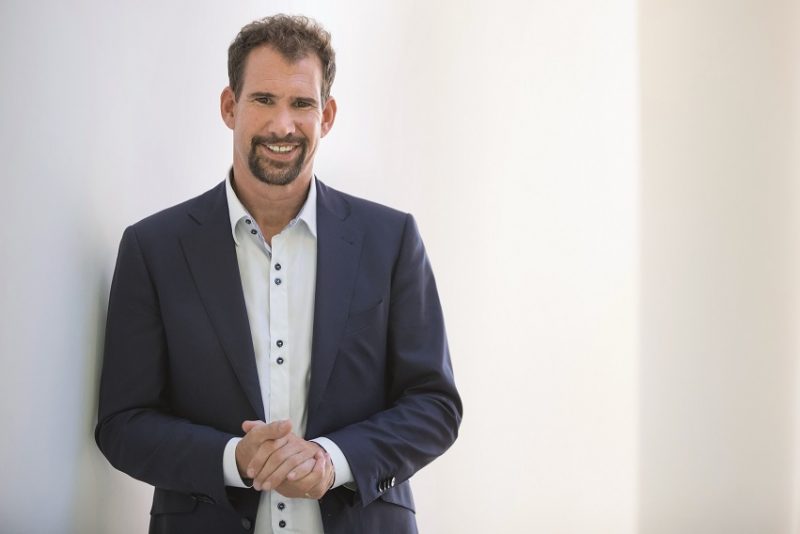WPP team restored to full pay and capacity, marking the end of its voluntary pay cut program
WPP has ended a program which saw its workforce opt in to a ‘menu’ of pay cut options, including absorbing a salary hit while continuing to work full time, or working reduced hours with a resulting pay cut.
The program, unlike many others in the industry, was never compulsory; chief executive Jens Monsees acknowledged that “everybody is in a different situation” and encouraged the team to make a decision in the context of “what is best for themselves, their family and their personal situation”. But since June and July were profitable months, the CEO told staff at the end of July that WPP was in a position to restore them to full pay and capacity.

WPP restored staff to full pay at the end of July

